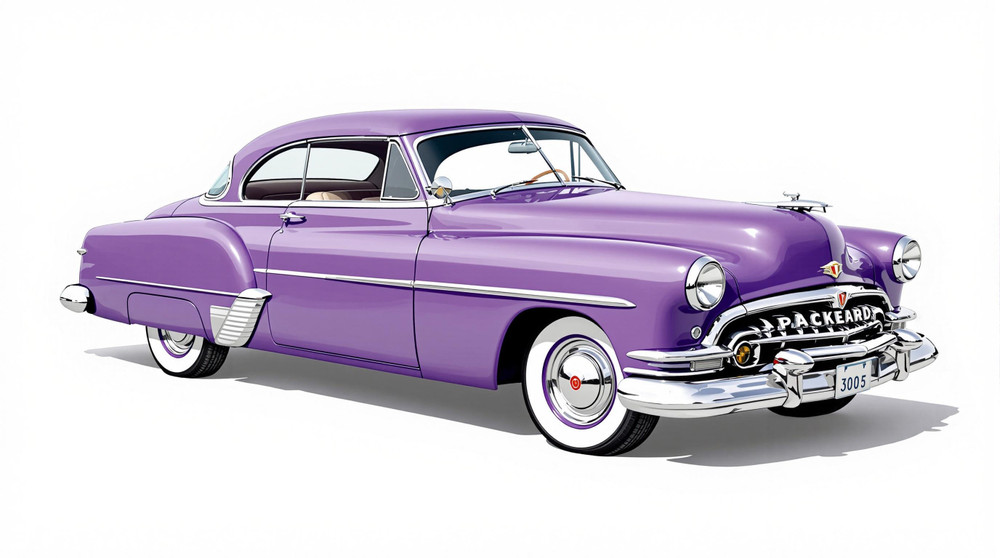Image of 1952 Packard 300, Note: These illustrations use artistic license and may differ from actual historical models.
Performance Metrics
Fundamental Metrics
Emotional Appeal
MMP Rating
| Engine Specifications | |
|---|---|
| Engine: | Straight 8 |
| Displacement: | 327 cu in (5.4 L) |
| Horsepower: | 150 HP |
| Torque: | 270 lb-ft |
| Compression Ratio: | 7.0:1 |
| Ignition System: | Battery Ignition |
| Cooling System: | Liquid Cooled |
| Performance Specifications | |
| 0-60 Time: | Estimated 15 seconds |
| 1/4 Mile Time: | Not available |
| Top Speed: | 100 mph |
| Transmission and Drive | |
| Drive Type: | Rear Wheel Drive |
| Transmission Type: | 3-speed manual with optional overdrive |
| Fuel and Efficiency | |
| Fuel System Type: | Carburetor |
| MPG: | Estimated 15 MPG |
| Dimensions and Brakes | |
| Brakes: | Drum Brakes |
| Wheelbase: | 122 inches |
| Weight: | 3,700 lbs |
Note: Specifications for classic cars are given to the best of our ability, considering the limited and variant data available.
Unveiling the Elegance of the 1952 Packard 300
The year 1952 saw the emergence of a true American luxury liner on wheels – the Packard 300. Crafted by the esteemed Packard Motor Car Company, this vehicle was a testament to post-war opulence and engineering prowess. The Packard 300, nestled within the company's lineup, offered a blend of sophistication and performance that captured the hearts of high society. It stood as a symbol of status, showcasing a unique blend of style and substance during an era when automobiles were transitioning from mere transportation to symbols of personal expression.
Design and Innovation
With its sleek lines and imposing grille, the 1952 Packard 300 exuded a presence that was both commanding and graceful. The car's exterior styling was characterized by its iconic "Cathedral" taillights and the unmistakable Packard Clipper theme, which included a long hood and short rear deck. Inside, passengers were enveloped in luxury with rich fabrics and top-tier materials that defined comfort during the early '50s. The dashboard was an exercise in elegance, featuring an array of gauges encased in chrome bezels. Technologically, the Packard 300 was ahead of its time with features such as power steering – a rarity for vehicles during that period. Color options ranged from stately blacks and blues to more adventurous hues like Matador Maroon. Among these, Egyptian Sand proved to be a popular choice, capturing the essence of the era's design trends. Body styles included sedans and convertibles, but it was the two-door sedan that often stole the spotlight with its balanced proportions and stylish demeanor.
Historical Significance
The Packard 300's impact on automotive design cannot be overstated. It set a benchmark for luxury cars of its time with innovations like torsion-level ride – a system that would influence suspension designs for years to come. Its legacy is not just in its features but also in how it embodied post-war American optimism and prosperity.
Performance and Handling
Underneath its hood lay a powerful straight-eight engine that propelled the Packard 300 with authority. Although exact top speed figures are elusive, it was known for smooth acceleration and respectable performance for its class. Handling was poised for a car of its size, absorbing road imperfections with ease while providing passengers with a serene cruising experience. Driving this classic was akin to conducting an orchestra; each movement from the driver elicited a precise response from the engine, creating an automotive symphony that resonated with motoring enthusiasts.
Ownership Experience
Owners of the 1952 Packard 300 often reveled in its dual role as both a daily driver and show car. Its reliability was commendable for its time, though modern-day enthusiasts should be prepared for the intricacies involved in maintaining such a classic piece of machinery.
Fun Facts
The Packard 300 has graced many collections over the years, including those of celebrities and dignitaries. While not known for breaking speed records, it has held its own as a symbol of luxury. Criticisms were few but typically centered around its size and fuel consumption – minor quibbles when weighed against its grandeur.
Collector's Information
Today, discerning collectors cherish the 1952 Packard 300 for its historical significance. While production numbers were not astronomical, finding one in pristine condition can be challenging. Values vary widely based on condition and originality but expect to see figures ranging from $20,000 to well over $50,000 at auction for well-maintained examples. Price trends have been generally favorable; as appreciation grows for mid-century automotive design, so too does interest in models like the Packard 300.
Conclusion
The 1952 Packard 300 remains an enduring icon of American luxury motoring. Its blend of style, comfort, and innovation has cemented its place in automotive history. For those who seek to experience or preserve a piece of this legacy, the Packard 300 offers an alluring glimpse into an era where cars were more than just machines – they were masterpieces on wheels.
1952 Packard 300 Catalog of Parts
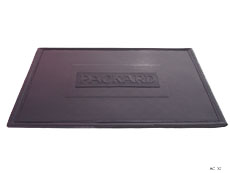 1952 Packard 300 Accessory Floor Mat - 12"X17"-AC 32Accessory Floor Mat - made of high quality black rubber with molded original emblem. Also designed to be sewn into new carpets. 12"X17", Each
1952 Packard 300 Accessory Floor Mat - 12"X17"-AC 32Accessory Floor Mat - made of high quality black rubber with molded original emblem. Also designed to be sewn into new carpets. 12"X17", Each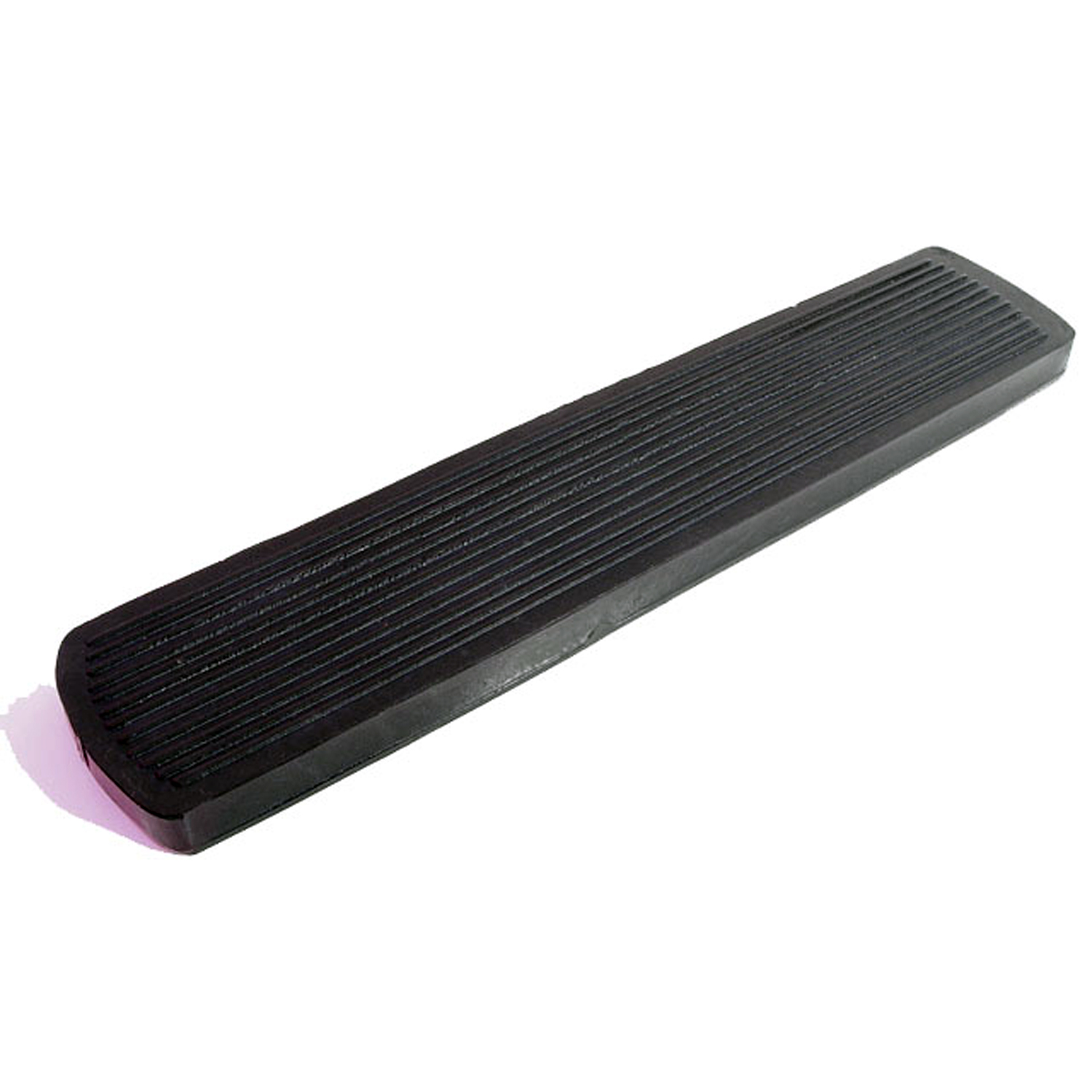 1952 Packard 300 Accelerator Pedal Pad. 1-7/8" X 9-3/8", Each-AP 16Accelerator Pedal Pad. 1-7/8" X 9-3/8", Each
1952 Packard 300 Accelerator Pedal Pad. 1-7/8" X 9-3/8", Each-AP 16Accelerator Pedal Pad. 1-7/8" X 9-3/8", Each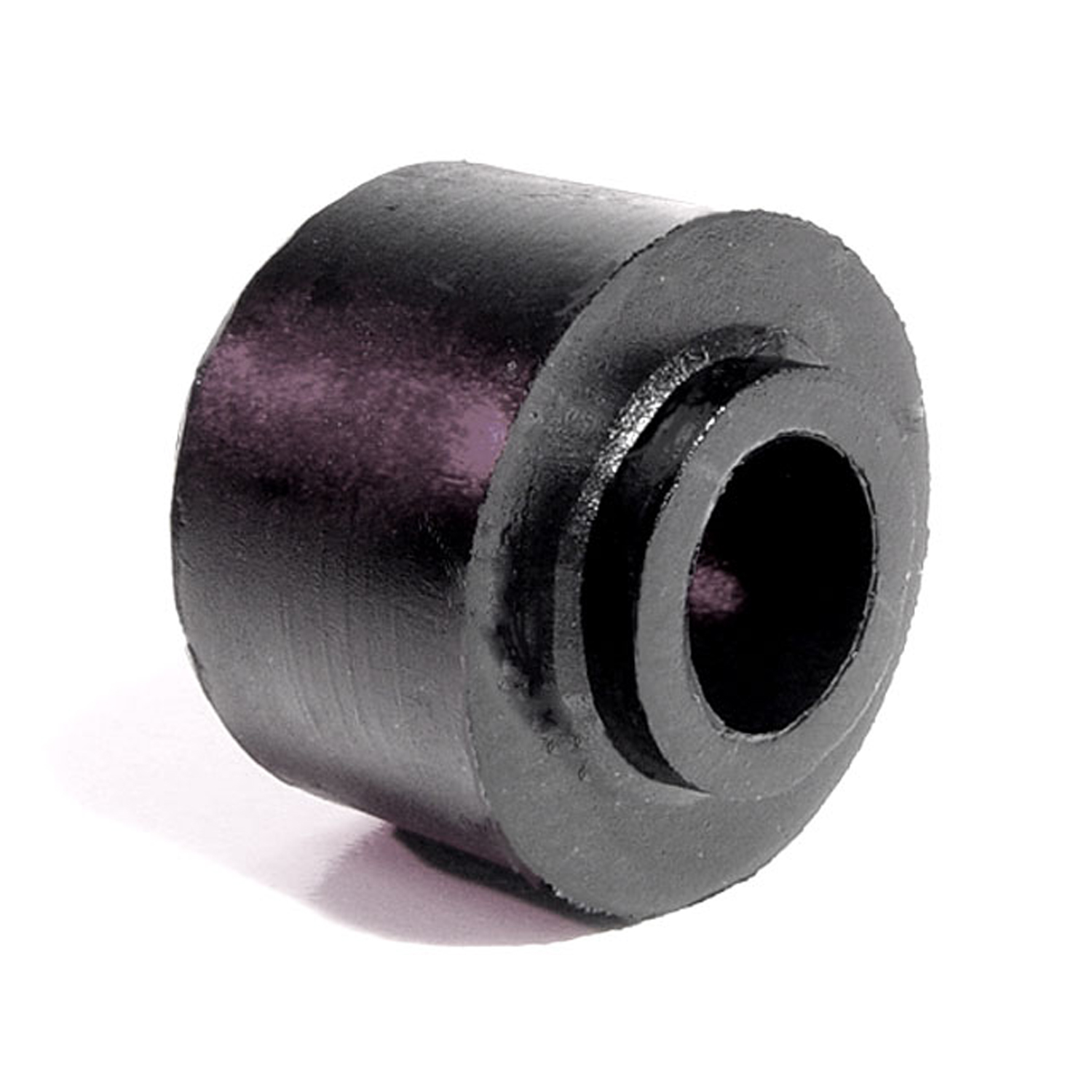 1952 Packard 300 Shock Absorber Grommet. 1" bottom O.D., 3/4" high-BN 1Shock Absorber Grommet. 1" bottom O.D., 3/4" high., with 7/16" I.D. Each
1952 Packard 300 Shock Absorber Grommet. 1" bottom O.D., 3/4" high-BN 1Shock Absorber Grommet. 1" bottom O.D., 3/4" high., with 7/16" I.D. Each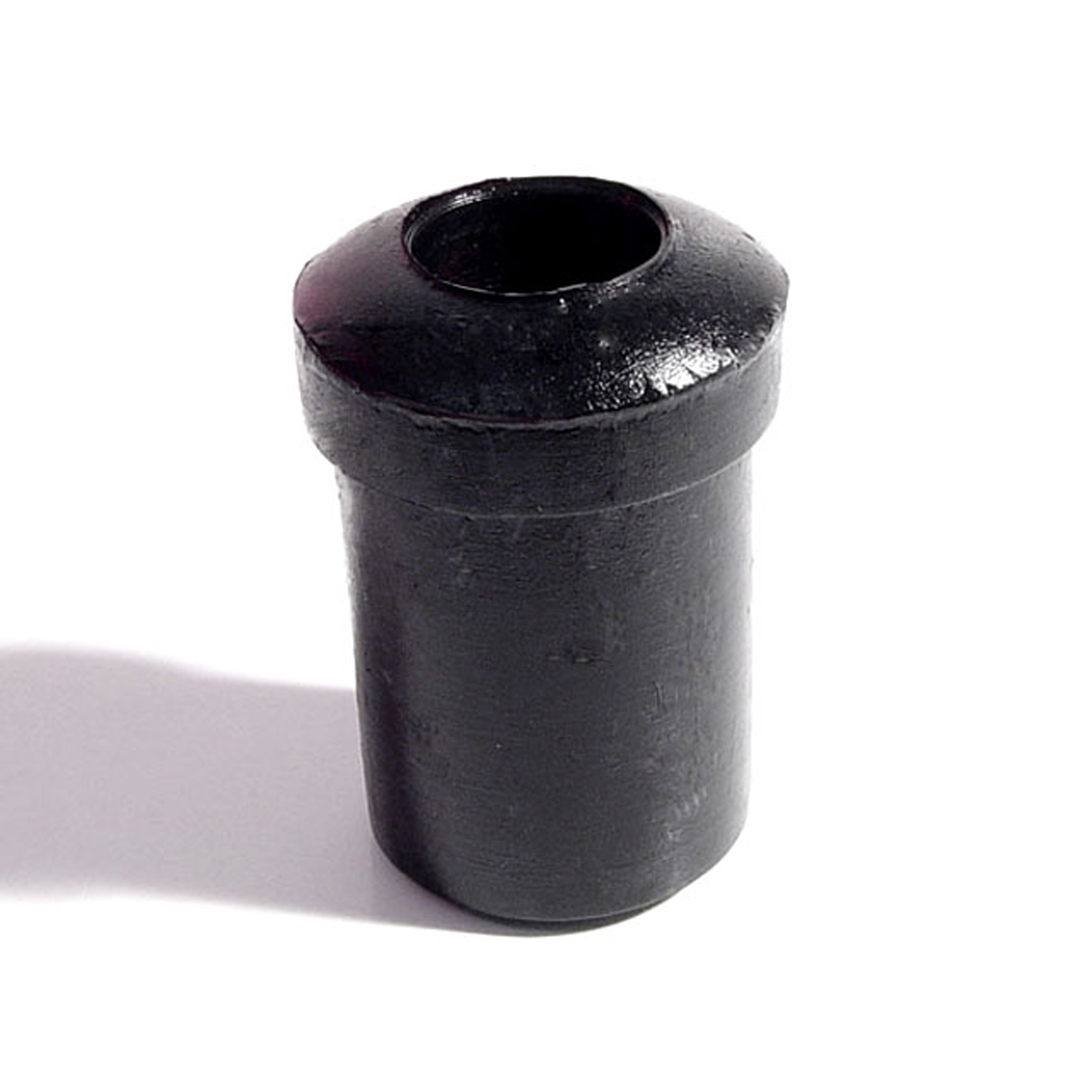 1952 Packard 300 Spring and Shackle Bushing. 1" bottom O.D-BN 20Spring and Shackle Bushing. 1" bottom O.D. X 1-5/8" high, with 9/16" I.D. Each
1952 Packard 300 Spring and Shackle Bushing. 1" bottom O.D-BN 20Spring and Shackle Bushing. 1" bottom O.D. X 1-5/8" high, with 9/16" I.D. Each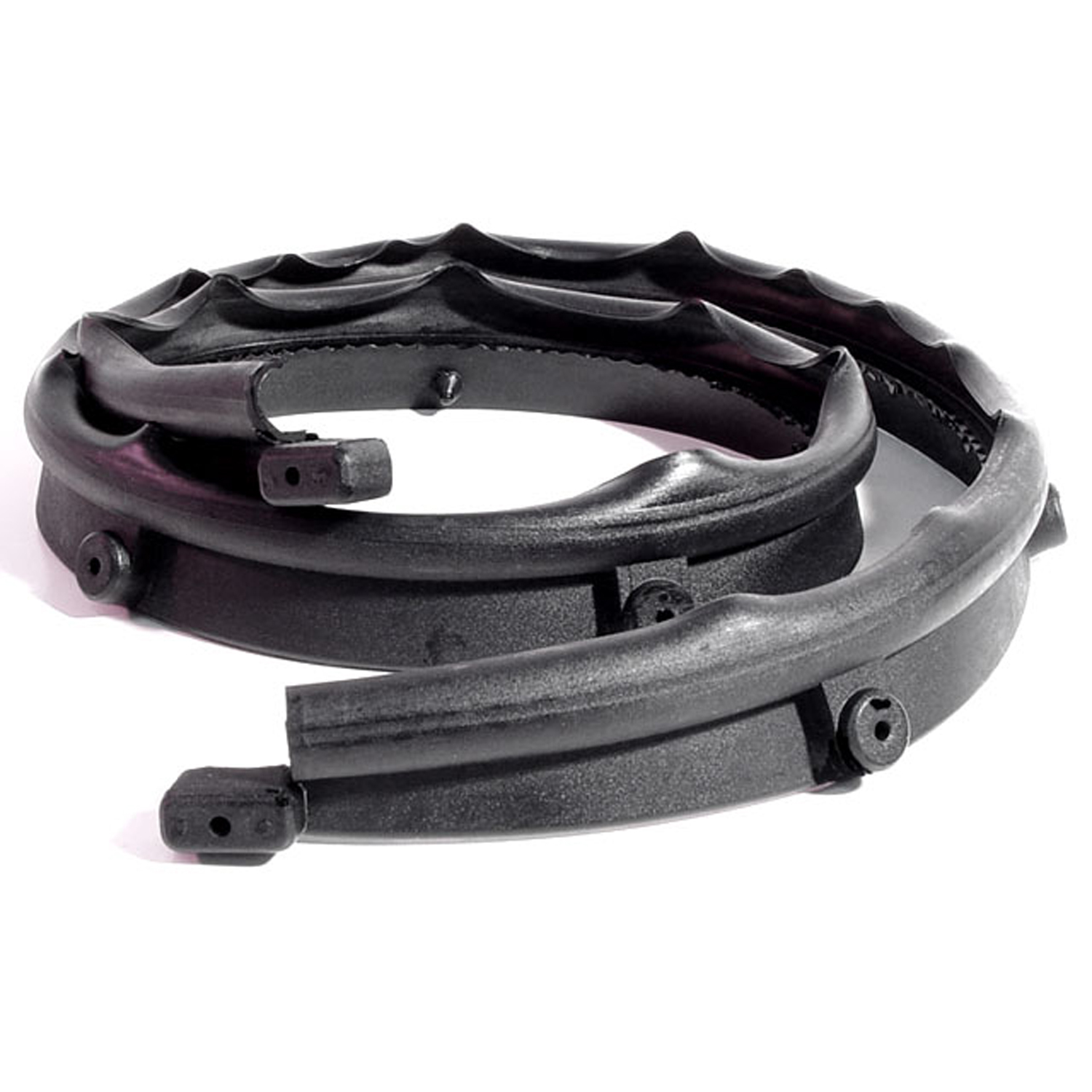 1952 Packard 300 Cowl and Hood Seal. 43-5/8" long. Each-CS 1Cowl and Hood Seal. 43-5/8" long. Each
1952 Packard 300 Cowl and Hood Seal. 43-5/8" long. Each-CS 1Cowl and Hood Seal. 43-5/8" long. Each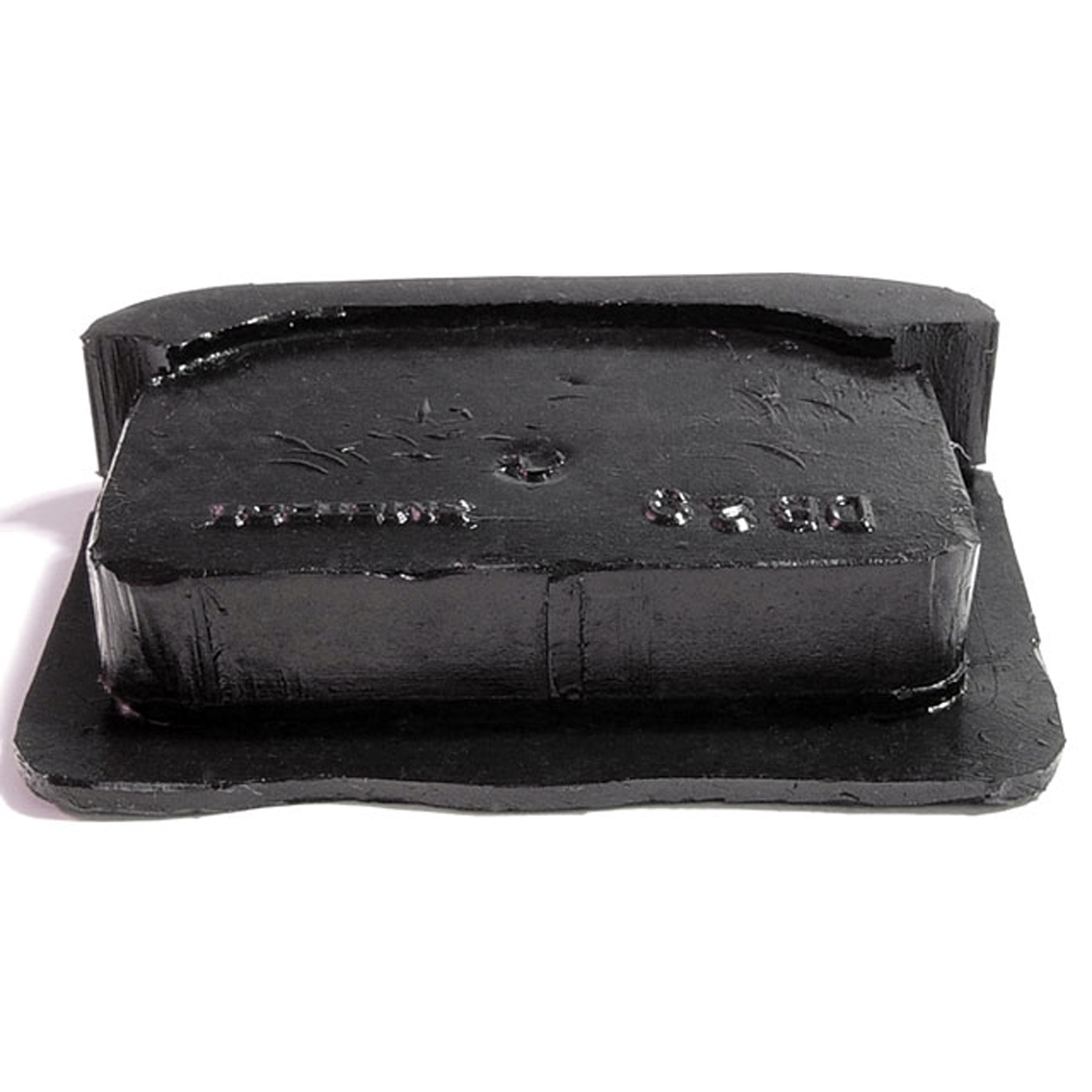 1952 Packard 300 Door Bumper. 1-3/8" high X 2" wide X 1/2" thick. Each-DB 29Door Bumper. 1-3/8" high X 2" wide X 1/2" thick. Each
1952 Packard 300 Door Bumper. 1-3/8" high X 2" wide X 1/2" thick. Each-DB 29Door Bumper. 1-3/8" high X 2" wide X 1/2" thick. Each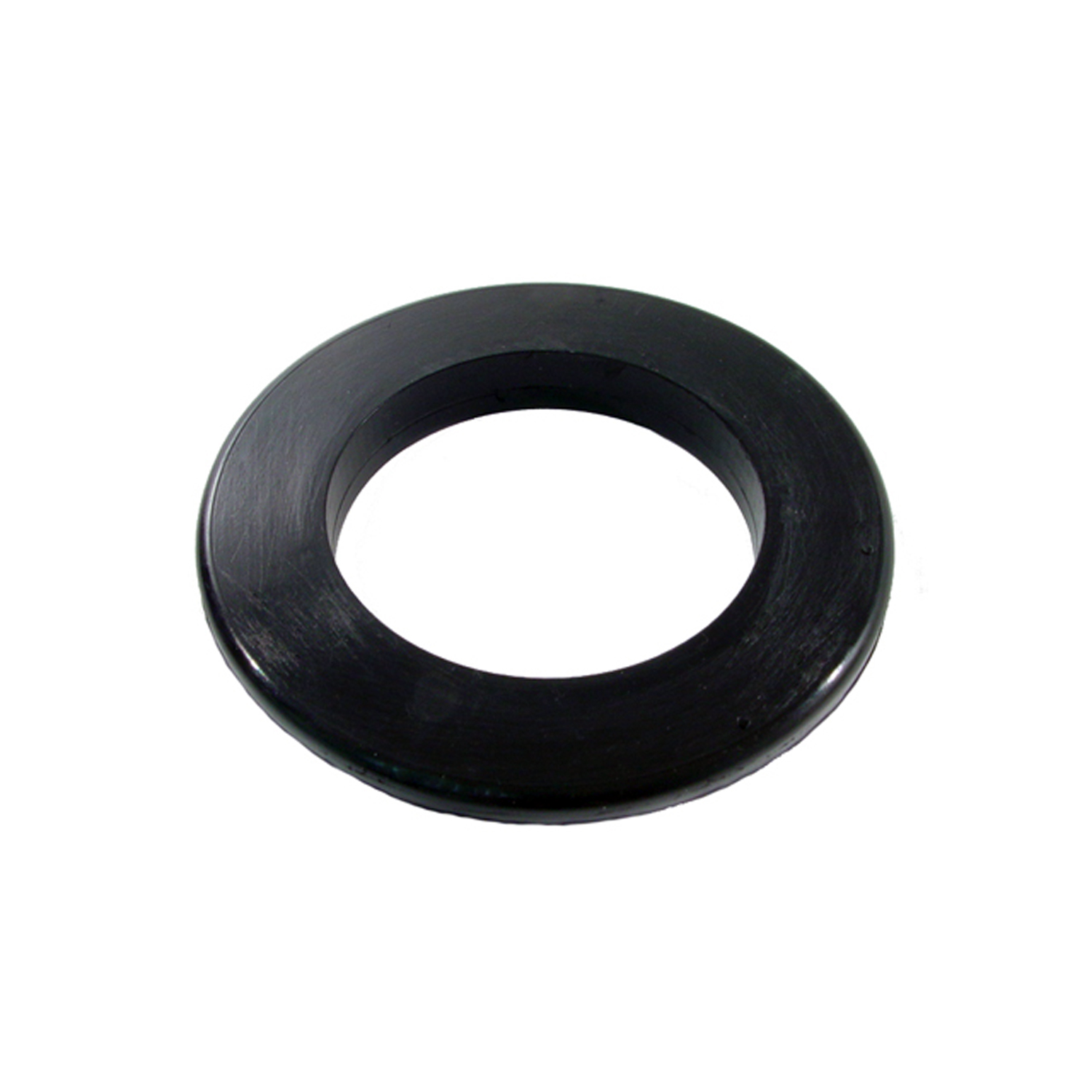 1952 Packard 300 Gas Filler Grommet. 2-1/2" I.D., 4-1/8" O.D. Each-GF 12Gas Filler Grommet. 2-1/2" I.D., 4-1/8" O.D. Each
1952 Packard 300 Gas Filler Grommet. 2-1/2" I.D., 4-1/8" O.D. Each-GF 12Gas Filler Grommet. 2-1/2" I.D., 4-1/8" O.D. Each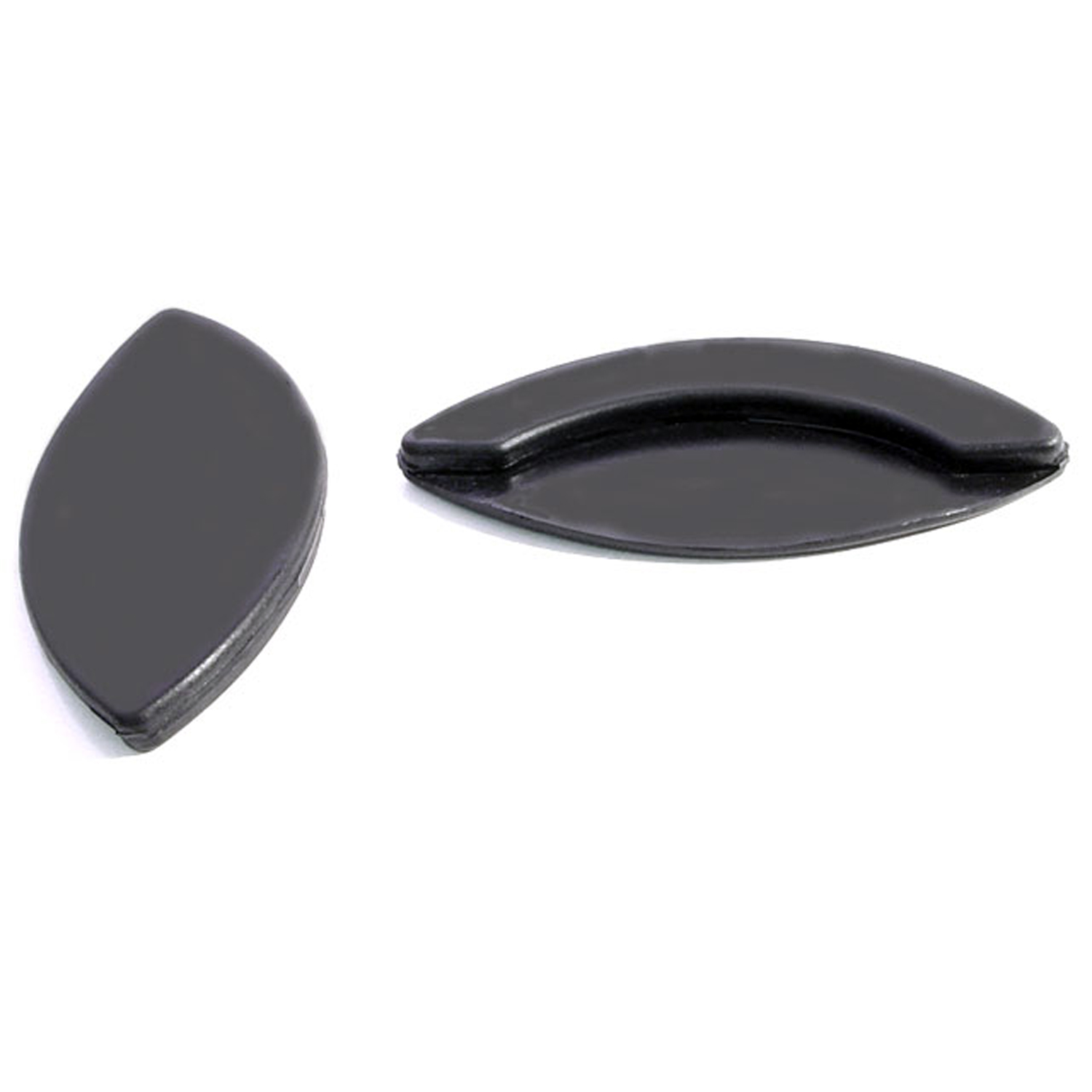 1952 Packard 300 Hood Corners. 1-3/4" to 2" corner radius-HC 14Hood Corners. 1-3/4" to 2" corner radius. Pad is 3-3/8" long. Pair
1952 Packard 300 Hood Corners. 1-3/4" to 2" corner radius-HC 14Hood Corners. 1-3/4" to 2" corner radius. Pad is 3-3/8" long. Pair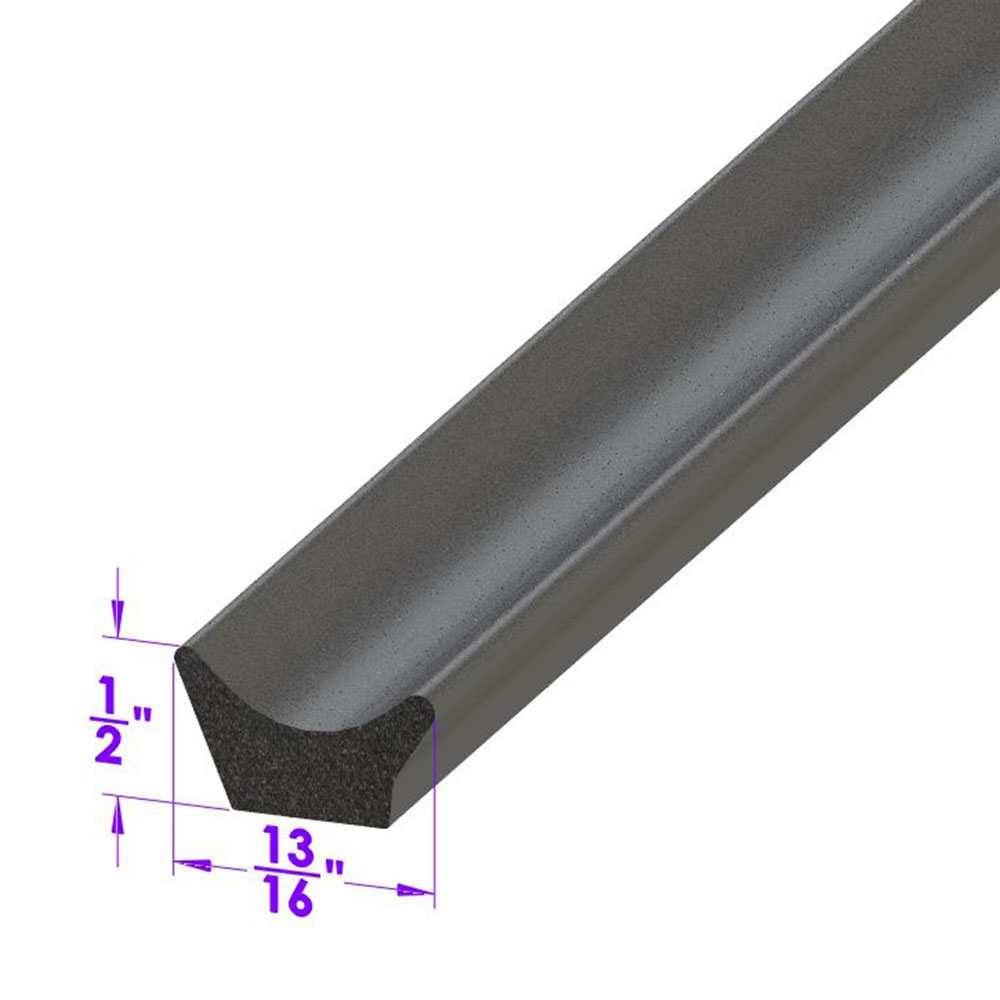 1952 Packard 300 Door side seal. Same as LP 40, but for a lighter seal-LP 40-ADoor side seal. Same as LP 40, but for a lighter seal. Fits many domestic passenger cars and trucks. Universal seal for street rods and customs. Used in Cobra kit cars as door weatherstrip. Per foot.
1952 Packard 300 Door side seal. Same as LP 40, but for a lighter seal-LP 40-ADoor side seal. Same as LP 40, but for a lighter seal. Fits many domestic passenger cars and trucks. Universal seal for street rods and customs. Used in Cobra kit cars as door weatherstrip. Per foot.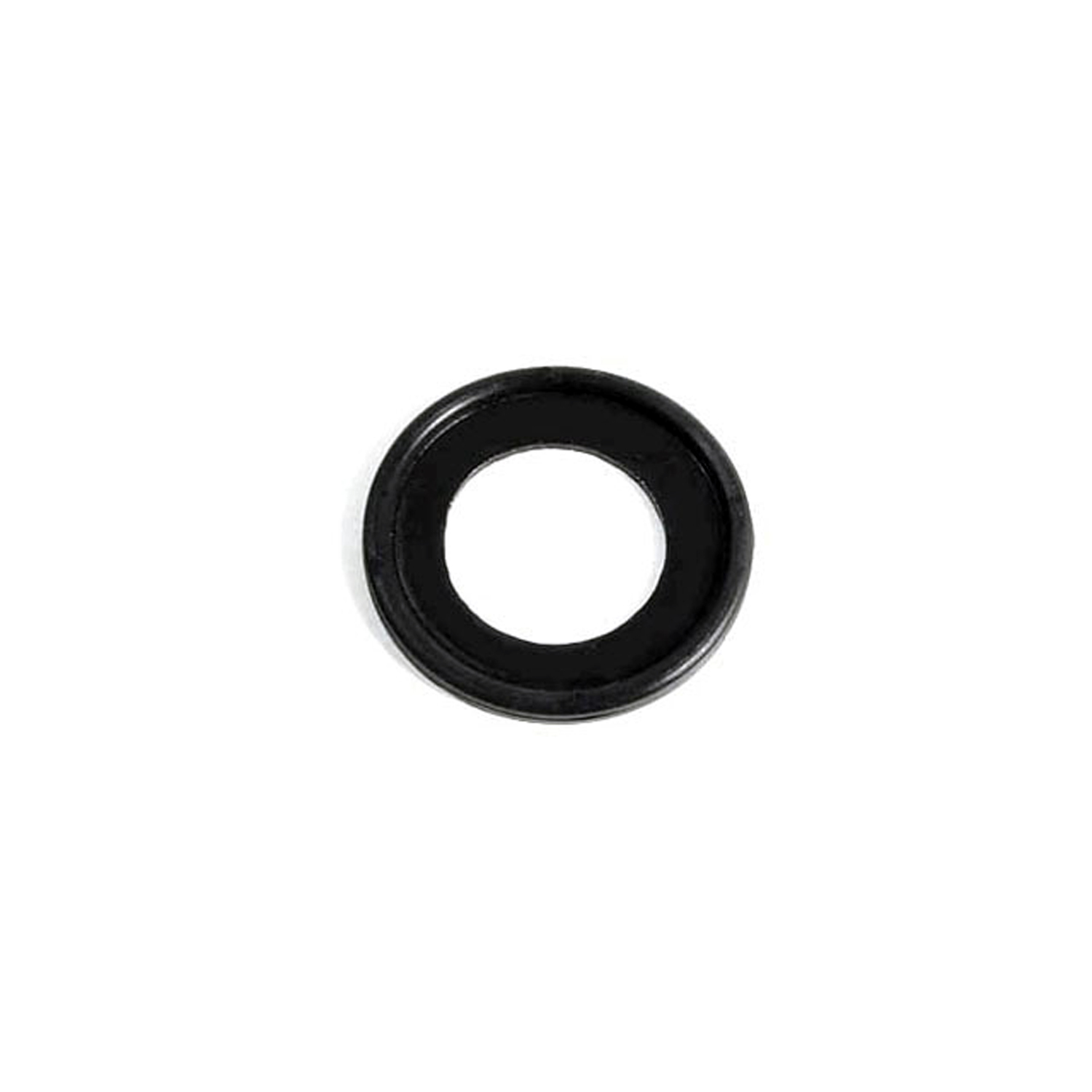 1952 Packard 300 Antenna Pad. 1-7/8" O.D. Each-MP 854-AAntenna Pad. 1-7/8" O.D. Each
1952 Packard 300 Antenna Pad. 1-7/8" O.D. Each-MP 854-AAntenna Pad. 1-7/8" O.D. Each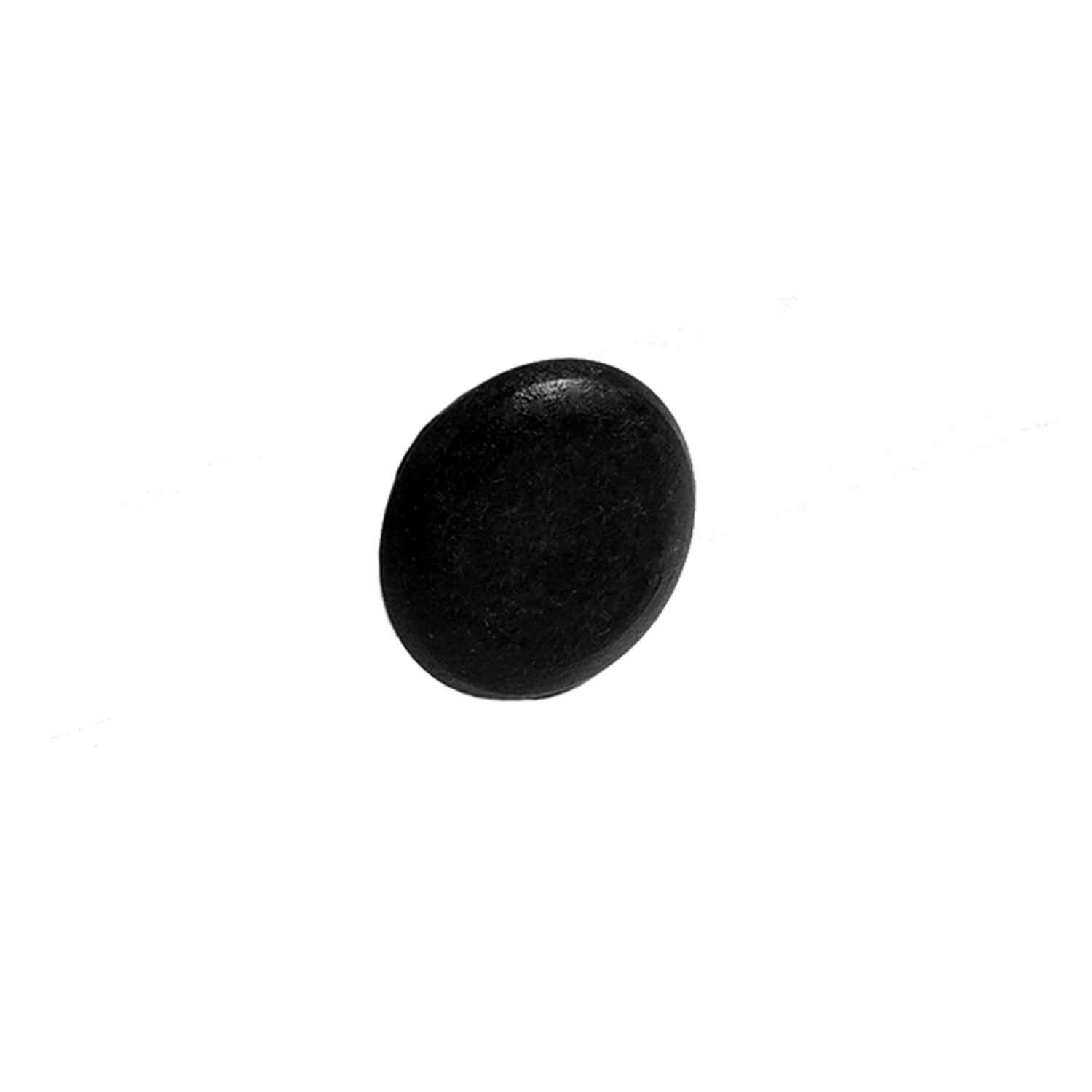 1952 Packard 300 Trunk Bumper. 3/4" O.D., 5/8" I.D. Each-SB 74Trunk Bumper. 3/4" O.D., 5/8" I.D. Each
1952 Packard 300 Trunk Bumper. 3/4" O.D., 5/8" I.D. Each-SB 74Trunk Bumper. 3/4" O.D., 5/8" I.D. Each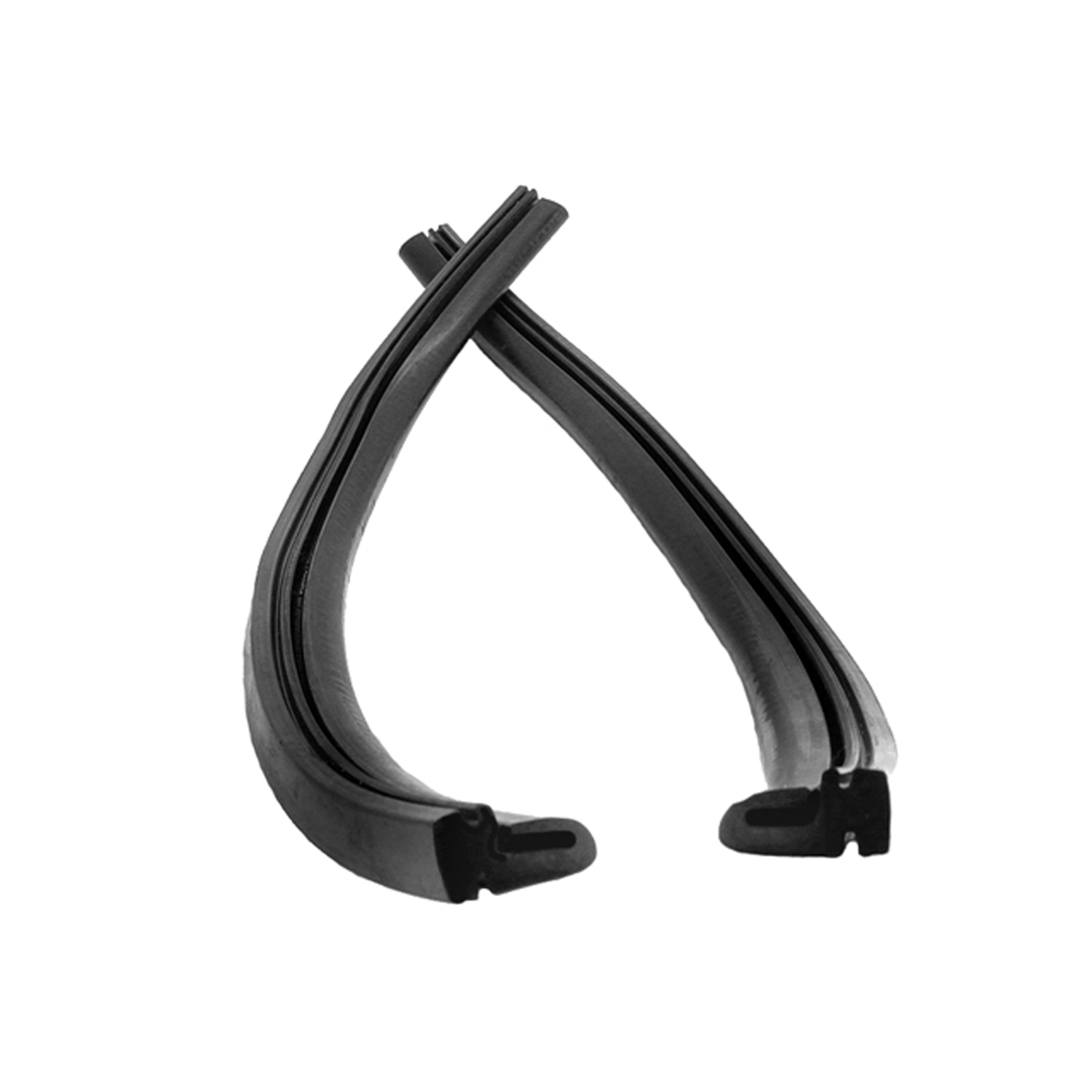 1952 Packard 300 Rear Roll-up Window Seals, for Hardtops and Convertibles-VS 7Rear Roll-up Window Seals, for Hardtops and Convertibles. For leading edge of rear quarter windows. Two pieces, 17-3/4" long. Pair
1952 Packard 300 Rear Roll-up Window Seals, for Hardtops and Convertibles-VS 7Rear Roll-up Window Seals, for Hardtops and Convertibles. For leading edge of rear quarter windows. Two pieces, 17-3/4" long. Pair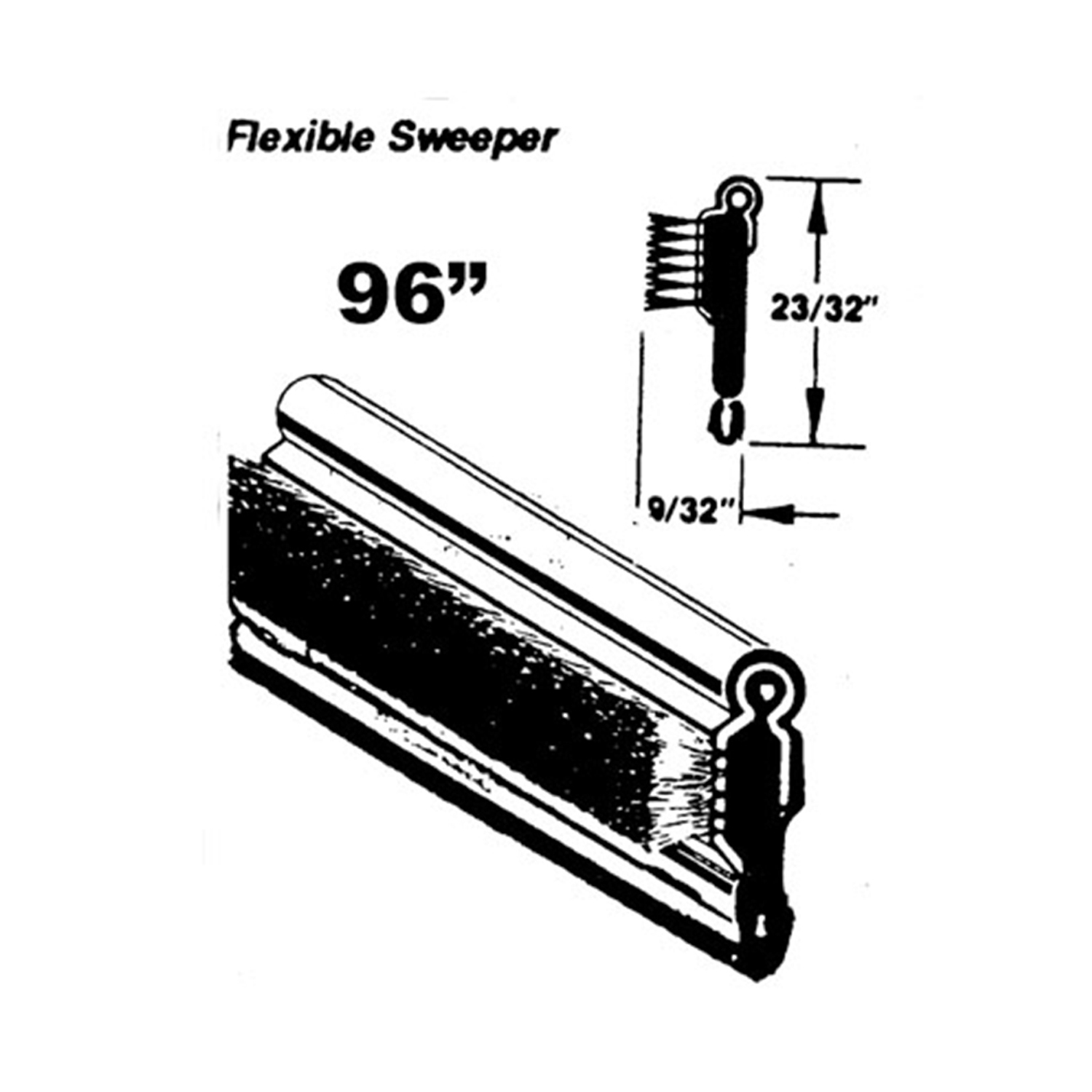 1952 Packard 300 Flexible window sweeper. Made with stainless steel bead-WC 4-96Flexible window sweeper. Made with stainless steel bead. 96 in. long. Each. NOTE: $20 special shipping charge applies for domestic orders. Call or email for overseas shipping costs. Part can be sectioned in two or three equal lengths to reduce overseas shipping costs.
1952 Packard 300 Flexible window sweeper. Made with stainless steel bead-WC 4-96Flexible window sweeper. Made with stainless steel bead. 96 in. long. Each. NOTE: $20 special shipping charge applies for domestic orders. Call or email for overseas shipping costs. Part can be sectioned in two or three equal lengths to reduce overseas shipping costs.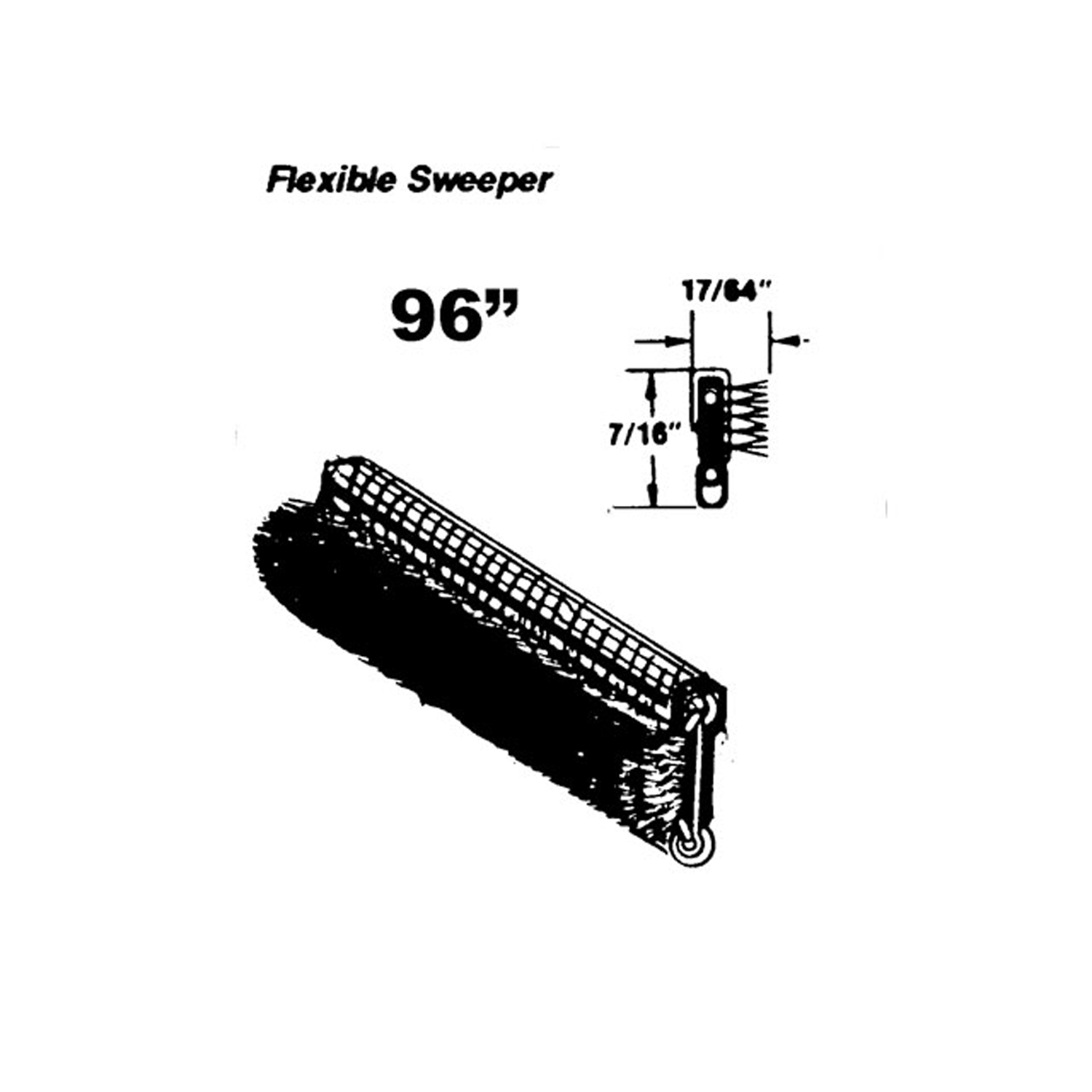 1952 Packard 300 Flexible window sweeper-WC 5-96Flexible window sweeper. Made with black electro-plated steel. 96 in. long. Each. NOTE: $20 special shipping charge applies for domestic orders. Call or email for overseas shipping costs. Part can be sectioned in two or three equal lengths to reduce overseas shipping costs.
1952 Packard 300 Flexible window sweeper-WC 5-96Flexible window sweeper. Made with black electro-plated steel. 96 in. long. Each. NOTE: $20 special shipping charge applies for domestic orders. Call or email for overseas shipping costs. Part can be sectioned in two or three equal lengths to reduce overseas shipping costs.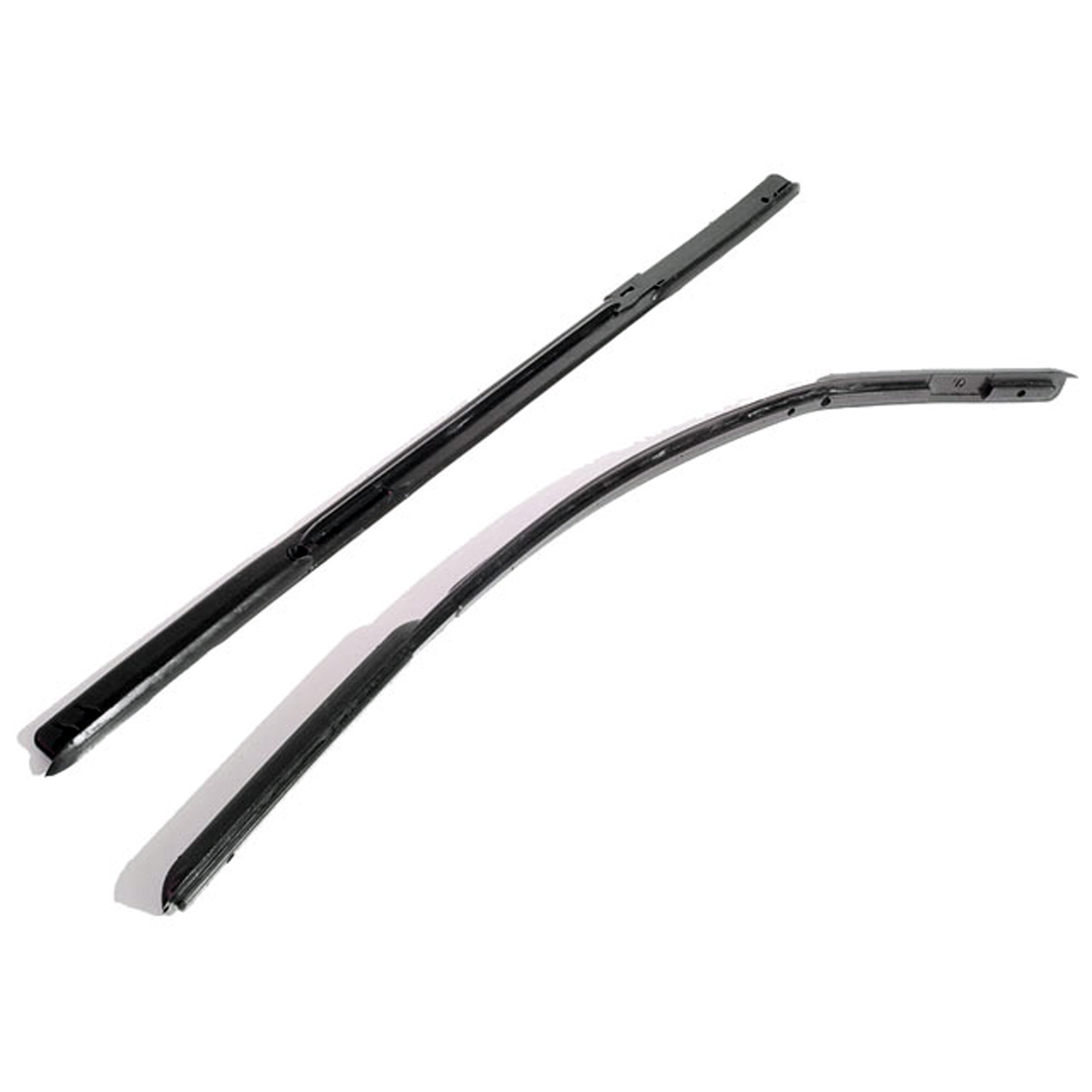 1952 Packard 300 Vent Window Seal. Pair-WR 2300Vent Window Seal. Pair
1952 Packard 300 Vent Window Seal. Pair-WR 2300Vent Window Seal. PairWhy Choose Metro?
For over 100 years, Metro Moulded Parts has been the pinnacle of quality in classic car restoration parts. Our commitment to precision and authenticity in every component ensures a perfect fit and an OEM-level appearance.
- Expert Craftsmanship & Quality: Each part is a testament to our dedication to reliability and perfection, crafted from original designs and thoroughly tested.
- Advanced Technology: We use cutting-edge techniques to create flawless, long-lasting parts that surpass others in performance.
- SuperSoft Sponge – The Ultimate Door Seal: Not only are our door seals 30% softer than competitors', but they're also guaranteed to never leak. They effectively reduce wind and road noise, enhancing your classic car's comfort and driving experience.
- Proudly American: Our parts are a product of American craftsmanship, made in the USA with a spirit of excellence and heritage.
- Unrivaled Warranty: We back our products with a 30-year industry-leading warranty, a testament to our confidence in their quality.
Join us in preserving the legacy of classic cars with parts that are crafted for perfection, not just made.

